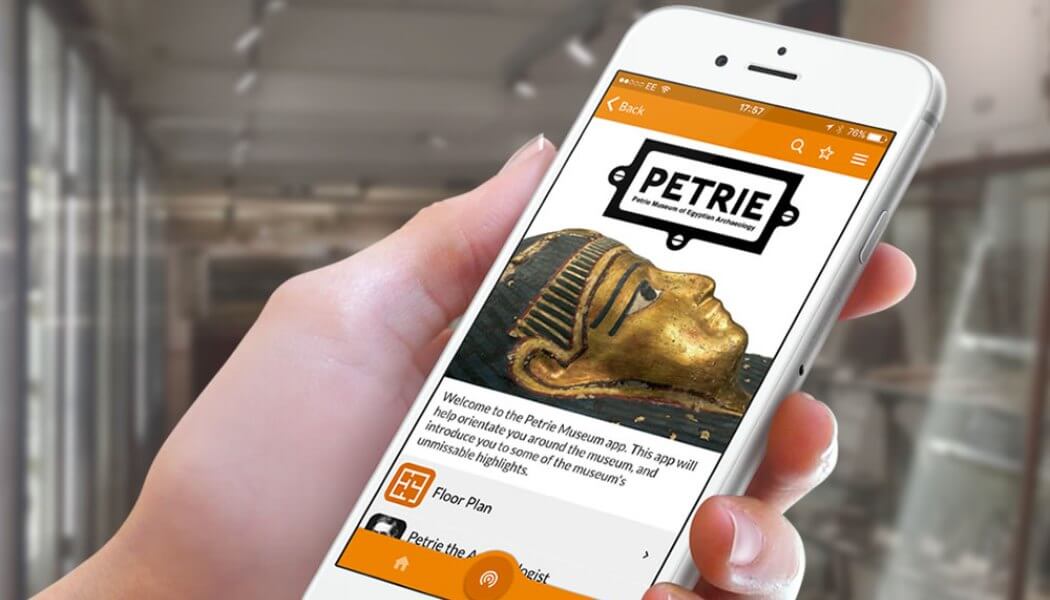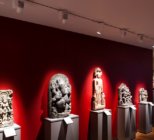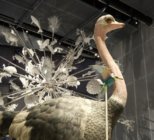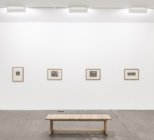The Relighting the Petrie Museum workshop, which has been evolving over the summer to find the best solutions to lighting in museums, is using the museum as a template for research and installations and is a joining of forces between some of the most passionate experts in the UK and international lighting both academically and professionally.
When I spoke to Panos Andrikopoulos he was in Cyprus working on a collaborative project between the European Commission and the Cyprus Department of Antiquity, which is looking at exhibition and lighting design as the country begins to renovate its museums. As well as this project, the lighting designer is also working simultaneously with the Acropolis Museum in Athens, which is studying the effect of daylight on visitors to the Parthenon Gallery, which has 360 degree, floor to ceiling windows.
Museum and gallery illumination is at a crossroad. The drive to reduce energy consumption has led to a wide and rapid adoption of LED technology by museums and heritage institutions
These projects feed both his practical skills about how lighting can improve museums and his desire to understand its effects on visitors and collections. For example, at the Parthenon Gallery he has found that people who visit at noon spend approximately 15-20 minutes but at night, under artificial light, it’s 30-40mins, which is a huge difference and one which he and his team, which includes Dr Kalliopi Fouseki, Senior Lecturer at UCL Institute for Sustainable Heritage and Panos Mavros, Project Coordinator at the Future Cities Laboratory of ETH Zurich, are trying to understand better.
Back in the UK, Andrikopoulos has been working on the Relighting the Petrie Museum workshop with Boris Pretzel, Head of the Science Section, Victoria and Albert Museum, global lighting manufacturer Xicato, Mike Stoane Lighting and Llama Digital to produce a smart lighting system at the Petrie Museum. As part of the workshop, Xicato produced smart lighting modules that contain built-in beacon technology as part of the light fittings from Mike Stoane Lighting. Llama Digital then created a standalone visitor guide app in close collaboration with Anna Garnett the museum’s curator and the Xicato LED modules were installed in the main gallery, and these were used to automatically trigger content in the app. The app was created in only three weeks in time for the 1st International Museum Lighting Symposium (Andrikopoulos being chair of the organising committee) that took place at the Petrie Museum from 11-12 September and attracted senior museum professionals from around the world.
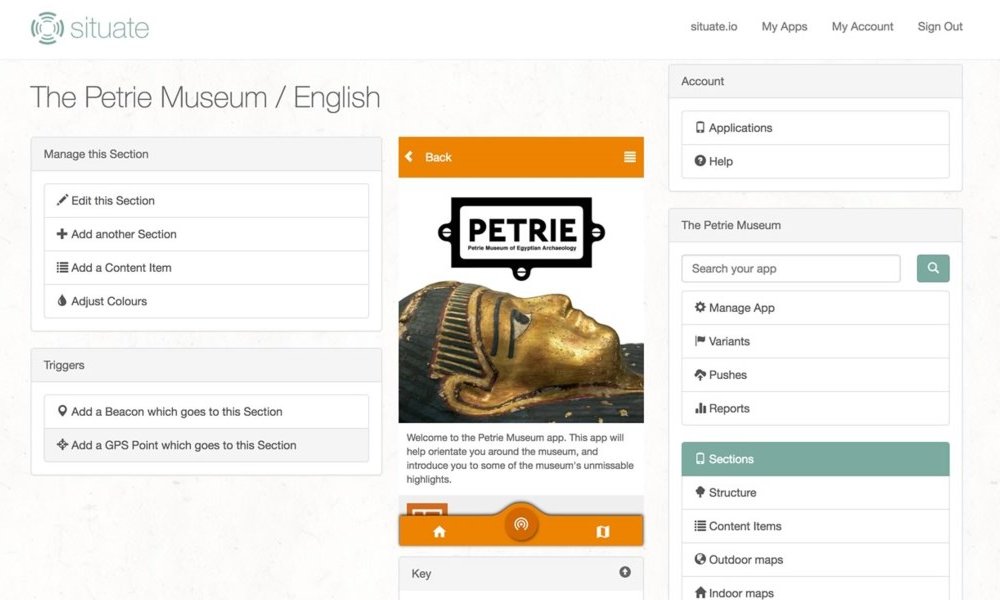
“For me lighting is one of the most important parameters in a museum – it’s part of the story and narrative and it definitely needs attention at a professional but it would be ideal if it goes unnoticed by the visitor,” says Andrikopoulos, who is also a Lighting designer and lighting scientist with ACT Lighting Design. “Museum and gallery illumination is at a crossroad. The drive to reduce energy consumption has led to a wide and rapid adoption of LED technology by museums and heritage institutions. LED technology creates new opportunities and poses new challenges to colour, lighting and conservation science and practice.”
The Petrie Museum is part of the UCL Museums and Collections, which has three main museums UCL Art Museum, Grant Museum of Zoology and the Petrie Museum of Egyptian Archaeology, which has the second largest Egyptian collection in the UK. It houses around 80,000 objects, making it one of the greatest collections of Egyptian and Sudanese archaeology in the world. It illustrates life in the Nile Valley from prehistory through the time of the pharaohs, the Ptolemaic, Roman and Coptic periods to the Islamic period.
Andrikopoulos says that despite having such a huge collection it’s quite a small space. This means there is a high density of display cases and people sometimes get tired after a while and lost or not know what they are looking at.

“So we are looking at a system not only to improve lighting but that will assist the curatorial efforts – we are looking to develop the paper handout to show important highlights and paths to follow. We wanted to make that a bit more interactive and have visitors navigate the museum more freely.”
Another aim was to find a way to provide the visitor with information about archaeologist Sir WM Flinders Petrie, whose finds are on display, and who pioneered systematic methodology in the field. Many of his notes, plans and photographs associated with the archaeological digs, however, are not on display. “So to provide that information and be able to give the visitors the option of accessing it and navigating more easily, we opted to create a mobile application for both android and Apple, which is operational inside and outside of the museum.”
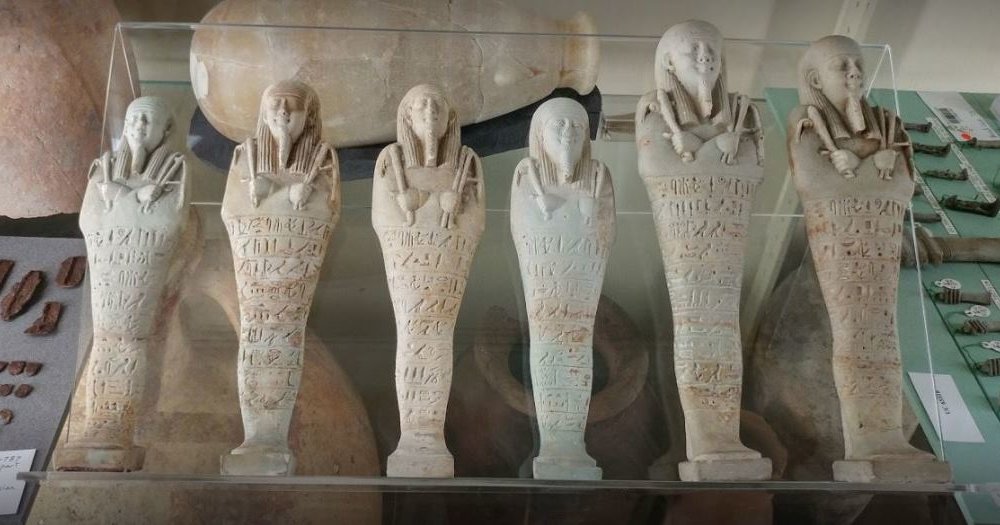
When visitors use the app inside the museum they opt in to be tracked and the Bluetooth beacons fitted into the lighting system are able to feedback information to a central computer. The museum can then use this information on where visitors are spending their time in the museum to aid future planning.
“So this is one of the things that lighting system are now capable of doing. It’s tracking where people are by using Bluetooth beacons and sending information to their phone about the objects there and also providing useful information about visitor habits to the museum.”
Andrikopoulos says that one of the important things about installing a modern lighting system within the Petrie Museum was that it is a research museum and one of the specific aims of UCL Museums and Collections is to become a research and teaching hub. This allows UCL students and lecturers to use the museum to provide classes and cerate material. This also means, he says, that you have a multifunctional space that makes things quite challenging when it comes to lighting.

Like many modern museums, the Petrie is not just open during the day to visitors but also at other times to researchers and for events. “When you are designing the lights for just the museum the space a visitor uses are limited to viewing and navigating. But with the lectures and projections, and workshops – there are so many aspects to what the space is used for in the everyday life of the museum.”
With a smart lighting system, the museum is able to control each light fitting that has been installed within the museum individually. That allows curators to create lighting schemes for the various conditions required in the museum at different times. This means that the lighting will be changed according to how the museum is being used and can conserve light and the strain on objects.
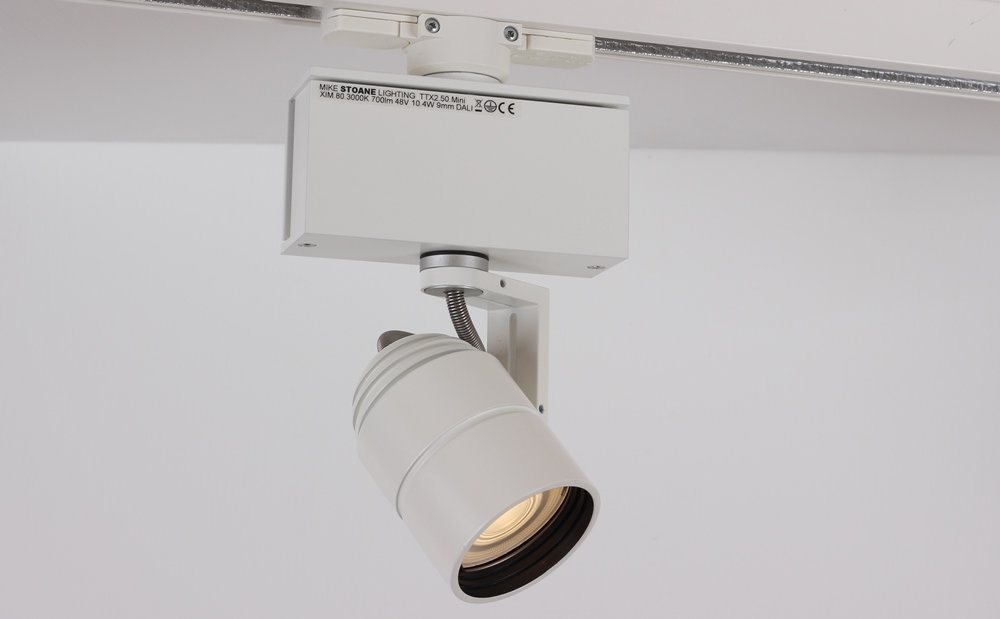
Light can cause irreversible damage to light sensitive collections and museums may display collections using a combination of natural and artificial light. For sensitive collections the 50 lux guideline is used, minimising the light on certain objects. Museums will calculate the levels depending on the amount of time the museum is open to visitors. But as Andrikopoulos says, museums can open up for after hours’ events. “With a smart lighting system and development of an ecosystem curators have the ability to log in the data of the lux levels and automatically regulate the light and exposure on each object. That’s really important from a conservation point of view. We are using all this data in a way that is useful to the museum, maybe to rearrange the collections so the most visited objects have more information and interpretation and see what areas are not visited much at all and then decide on what action to take.”
This technology is new but there are other systems used by museums to get the same results that are not using the lighting grid as the conduit, for example the National Gallery, Natural History Museum and Louvre in Paris have explored similar studies by tracking visitors through wifi.
“What makes lighting a more attractive option in my opinion is you have a preinstalled and necessary grid within the museum. You need lighting either way, so having the integrated beacons that are able to track visitors from within the lighting makes things so much easier.” Andrikopoulos says if you think about CCTV on the street you see that most of it is mounted on lampposts and lighting poles. This, he says, is because lighting is already an existing network within the city with power supply as well.
“So it’s something similar we are doing in the museum using smart lighting, to use the grid for the lighting to attach sensors and use it for monitoring light, tracking visitors’ movements and also environmental data such as relative humidity and temperature.”

The ideal scenario, he says, is when you have an ecosystem in a museum with all the sensors fitted to the lighting grid that can collect the data necessary to monitor such complex environments and that can unify everything, even if it’s the fire alarm. This will be much easier to control and will provide more information to museums about their lighting, visitor movements and environmental controls.
“Optimum integration of the two systems for logging data and controlling the lighting so you create an interactive environment that is responsive to data that is being logged in real time. So if you had an interactive lighting ecosystem it could react to certain scenarios, for example if you had light coming through the window into one specific part of the gallery then you could dim the lights there. It gives you much more control. Therefore it is not only about having a lighting grid for logging data, you have a lighting system that is responsive to the data it receives. This can be used for many years to come and for many purposes.”
The Relighting the Petrie Museum workshop is a template project for smart lighting in museums and is being facilitated by the museum and suppliers. Through their research and installations the team aims to highlight the benefits of smart lighting solutions to lighting experts within the museum sector.
Andrikopoulos says the Petrie Museum is a template for best practice in museum lighting and the workshop is an open and an ongoing project, which is constantly looking at other applications to implement as well as developing new ideas. The museum is open to other organisations to come and experiment with the project as it continues to build lighting infrastructure that pushes the boundaries.
If you would like more information about the lighting workshop at the Petrie Museum email Andrikopoulos: [email protected].

